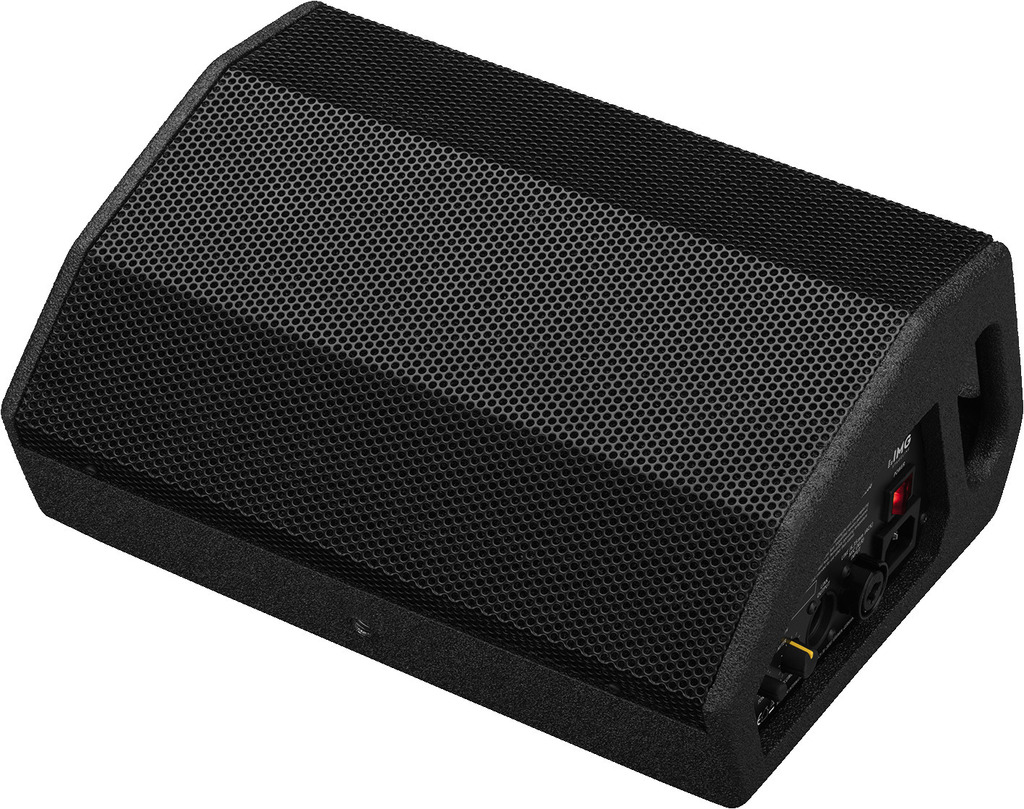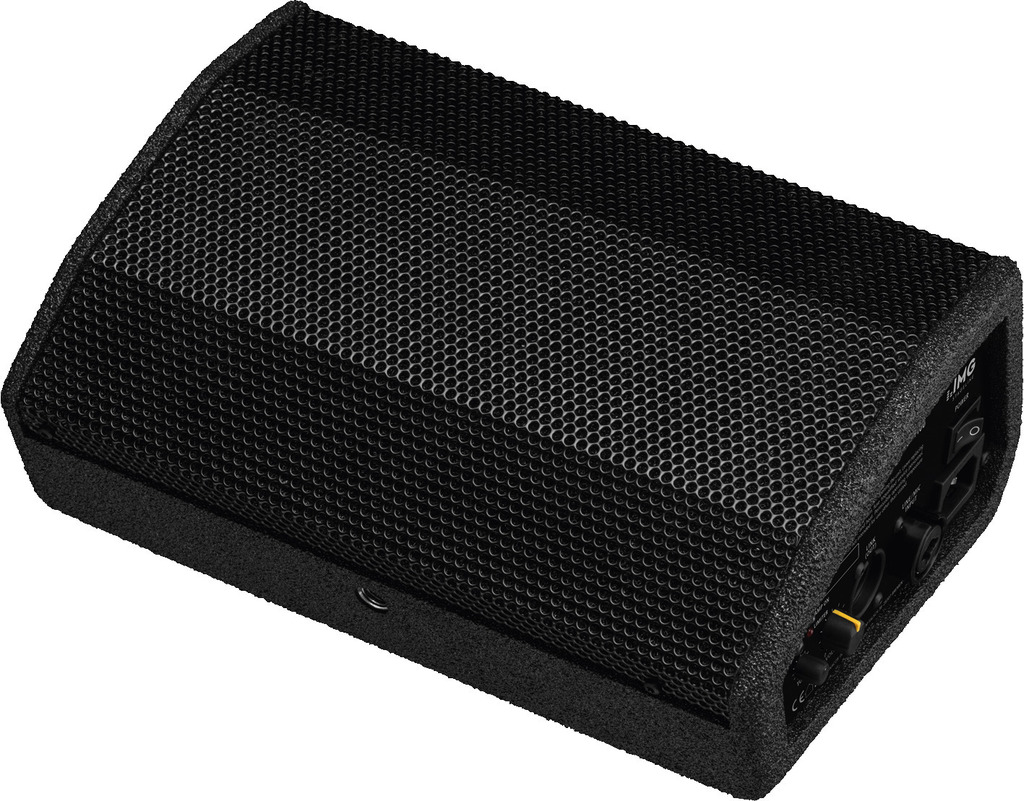“Who provides the backline?” This is one of the first questions people ask when organizing a concert today, because in clubs there often is a rudimentary PA system but no backline. Usually the solution is that band A brings guitar amps, band B provides drums (“But not the cymbals. And bring your own bass drum pedal.”) and band C brings bass amps. Such a motley backline is a major source of sound errors. Therefore, we provide various useful audio tools that make a backline more efficient and versatile. These include affordable wireless transmitters that make your PA system wireless and monitor speaker systems which are compact, lightweight and yet amazingly powerful. As you can see, we came up with something for you.













